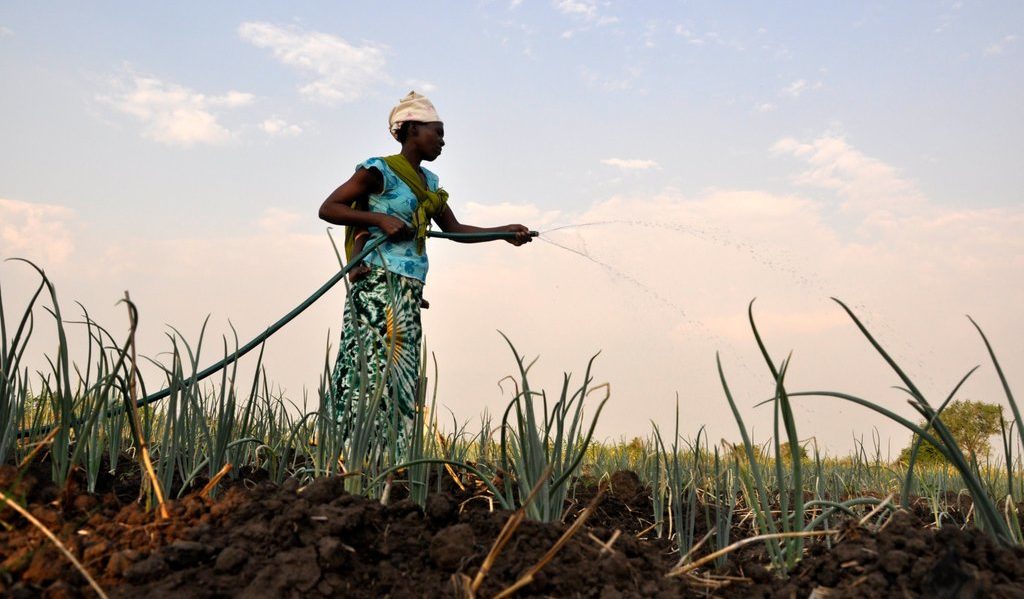New study by Misereor (CIDSE member in Germany) raises essential questions around massive land acquisitions and their consequences on local populations.
Demand for agricultural commodities is increasing. This trend will continue for at least a few more decades due to population growth, increased consumption of meat and other animal products and growing demand for biofuels. Producing agricultural commodities requires fertile land, the availability of which is, however, globally limited.
The demand for fertile land has resulted in international investors making large-scale land acquisitions (LSLAs). Africa is by far the most targeted continent in this respect as 37% of the global number of deals and 34% of the globally acquired land for agricultural purposes occur in the continent.
This new report by Misereor shows that LSLAs might not perform better than small-scale agriculture despite large capital endowments. Those who cultivate their plots of land in subsistence farming using labour-intensive methods and do not rely solely on monocultures generally actually achieve higher yields per hectare. Despite higher capital and labour efficiency, large farms achieve a lower output per hectare.
Proponents frame LSLA as a development opportunity. But while LSLA can have a positive impact on infrastructure creation, employment and spillover effects remain limited. On the other hand, negative impacts are dire and include the loss of access to land and a significant discharge of labour. Social consequences often occur, especially as a result of the lost access to land and natural resources. Furthermore, the report shows that adverse effects disproportionately affect groups that are already marginalised, often resulting in wider social differentiation than before.
Whether LSLAs yield predominantly positive or negative consequences for local communities strongly depends on investment conditions. Crucial aspects include respecting the land rights of local communities, including rights relating to common land, a verification of the project viability based on local information, and business models emphasising the participation of locals.
Data also shows that a large part of the harvest from farms with more than 200 hectares is exported. In contrast, smallholders produce vegetables, fruits and cereals on their usually less than two hectares, mainly for their consumption and the local market. “The shift from smallholder systems to industrial production is usually associated with an effective decline in food production in the region,” explains agricultural scientist Markus Wolter from Misereor, who supervised the study.
Finally, the study shows only 11% of the purchased land in Africa is cultivated. “Smallholders lose their fields to investors, sometimes are even evicted, and then a large part of the land is not used for agriculture anymore,” explains Markus Wolter. The reasons for this could be speculation with soil and water, but also a lack of information about the yield potential of the land or problems importing means of production.
You can read the full study for a more in-depth overview and for accessing the policy recommendations.
Picture: Irrigation project in Mozambique © Save the Children

